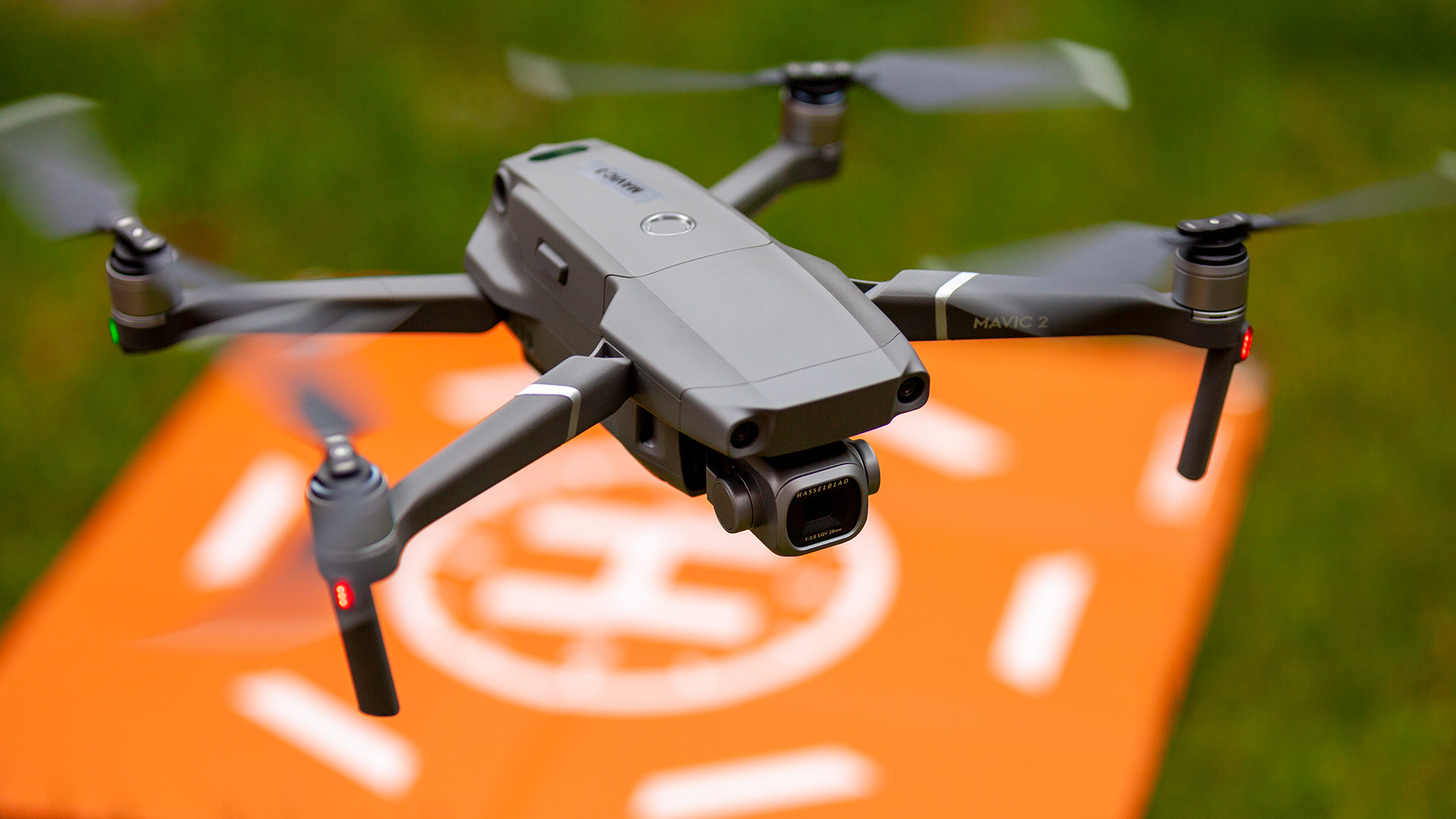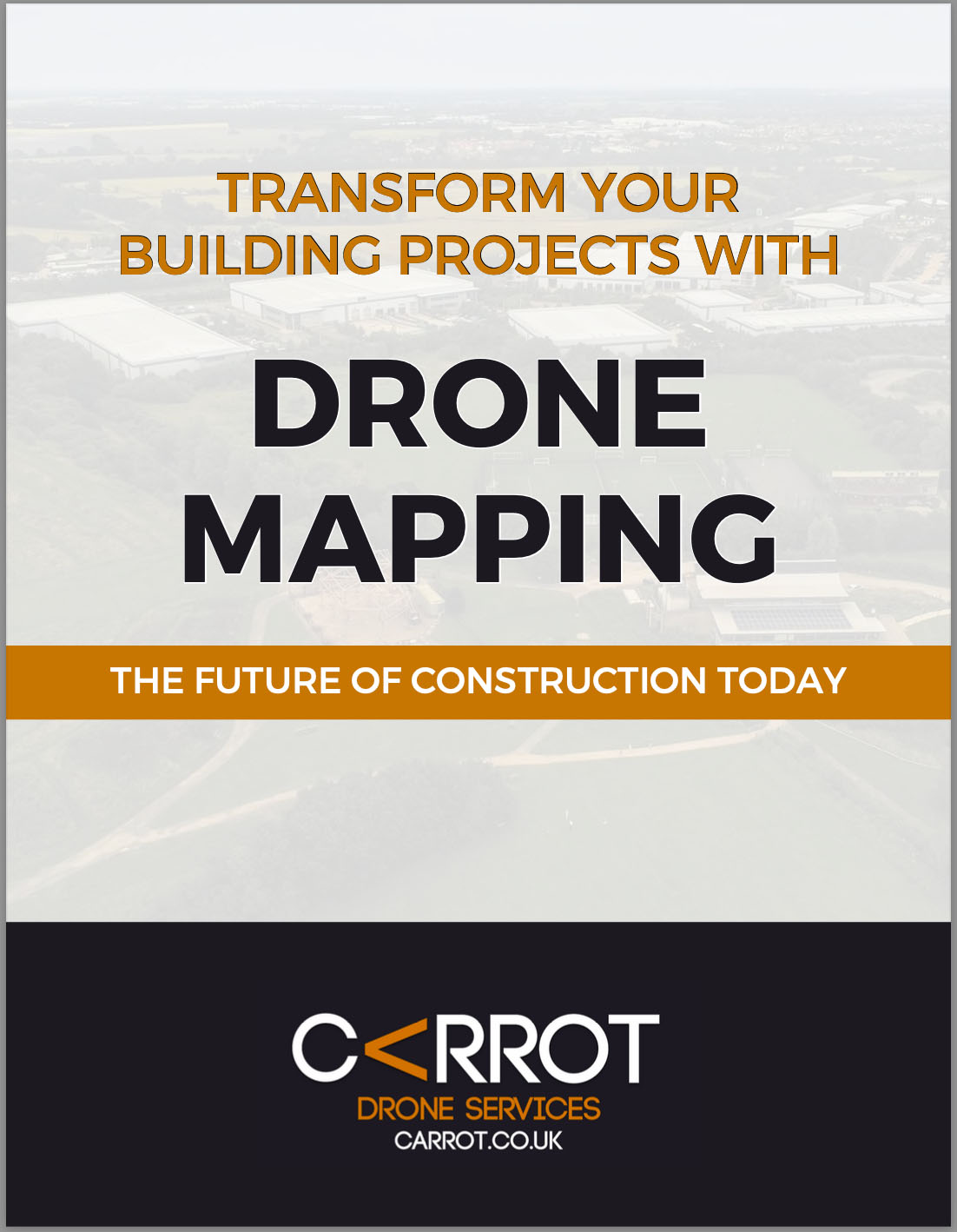Read Time 5 mins
18/01/2024

Welcome to our latest exploration into the dynamic world of drone operation in the UK. As drone technology continues to evolve and become increasingly integral to various industries, understanding the legal landscape surrounding its use is crucial for drone pilots. In this blog, we delve into key UK case laws that have shaped the current understanding of property and airspace rights - a vital topic for anyone involved in drone photography and videography.
Before we proceed, it's important to note that I am not a lawyer, and the information presented here is based on my interpretation of legal precedents and laws as they pertain to drone operation. This blog should not be taken as legal advice. For specific legal queries or concerns, consulting with a qualified legal professional is always recommended.
With the legalities acknowledged, let's explore how historical court decisions impact modern drone operations, providing you with a foundational understanding of your rights and responsibilities in the sky.
Understanding Property and Airspace Rights
As a drone operator, understanding the nuances of property and airspace rights is essential. These rights are significantly influenced by landmark court cases, which set precedents impacting how we can legally navigate the skies above UK properties. Let's delve into three pivotal cases.
Woollerton and Wilson Ltd v Richard Costain Ltd
The case of Woollerton and Wilson Ltd v Richard Costain Ltd (1970) is a cornerstone in property law, particularly concerning the rights over the airspace above a property. In this case, the court held that the use of a crane which swung over a neighbouring property without permission constituted trespass. This ruling was pivotal in establishing a legal principle: the airspace above a property, up to a reasonable height necessary for the ordinary use and enjoyment of the land, is part of the property itself. This decision has profound implications for drone operators, underscoring the importance of respecting the vertical boundaries of properties during flight.
Anchor Brewhouse Developments Ltd v Berkley House
In Anchor Brewhouse Developments Ltd v Berkley House (Docklands Developments) Ltd (1987), the issue of trespass via overhanging structures was further explored. The case involved a crane's jib overhanging a neighbouring property, which was ruled as trespass. This reinforced the concept that any unauthorized intrusion into the airspace of a property - whether by a physical structure like a crane or potentially a drone - can be considered trespass. For drone pilots, this emphasizes the need for heightened awareness of their drone's positioning in relation to surrounding properties.
Kelsen v Imperial Tobacco Co
The case of Kelsen v Imperial Tobacco Co (1957) further illuminates the scope of property rights in airspace. Here, the court considered the overhang of advertising hoardings as trespass. This ruling underscores that any intrusion into the airspace of a property, without permission, can be deemed trespass, even in the absence of direct physical damage. This case is particularly relevant for drone operators undertaking commercial photography or videography, highlighting the legal risks associated with inadvertently entering private airspace.
These cases collectively form a crucial legal framework for drone pilots. Understanding these precedents can help in navigating the complex interplay between the freedom of flight and respecting property rights in the UK.
Bernstein (Baron) v Skyviews & General Ltd: A Turning Point
The case of Bernstein (Baron) v Skyviews & General Ltd (1978) represents a significant turning point in the understanding of property rights over airspace in the UK, particularly relevant to the activities of drone operators.
In this landmark case, Baron Bernstein of Leigh sued Skyviews & General Ltd for taking aerial photographs of his property without his permission. The central legal question was whether such an act constituted trespass. The case's outcome was pivotal as it addressed the extent of a property owner's rights to the airspace above their land.
The court ruled that while a landowner has rights to the airspace above their property to a certain extent, necessary for the ordinary use and enjoyment of the land, these rights do not extend indefinitely upwards. Griffiths J, in his judgment, acknowledged that modern society would be unworkable if landowners had absolute rights over the entirety of the airspace extending infinitely above their property. Therefore, the taking of photographs from an aircraft flying at a reasonable height was not considered a trespass.
This decision significantly impacts drone operation. It suggests that activities conducted at certain heights, such as aerial photography or videography, may not infringe on a property owner's airspace rights. However, this does not entirely absolve drone operators from considering privacy and nuisance laws. While the ruling indicates that flying a drone at a reasonable height over someone's property may not constitute trespass, it's crucial to operate within the framework of other relevant laws and regulations.
The Bernstein case thus offers a nuanced perspective on the limits of property rights in airspace, providing valuable legal context for drone pilots operating in the UK. It underscores the importance of balancing the rights of property owners with the practical realities of modern aerial activities.
Implications for Drone Pilots: Navigating the Legal Grey Areas
The legal cases we have discussed shape a complex landscape for drone operation in the UK, particularly in the realms of aerial photography and videography. While these precedents provide guidance, they also leave room for interpretation, especially regarding overflying private property.
The rulings in Woollerton and Wilson Ltd v Richard Costain Ltd and Anchor Brewhouse Developments Ltd v Berkley House make it clear that unauthorized intrusion into the airspace of a property can constitute trespass. This principle has direct implications for drone pilots, as it suggests that flying a drone over private property without explicit permission might be legally contentious. However, these cases also emphasize the concept of ‘reasonable use’ of airspace, a term that is not rigidly defined, thus leaving some ambiguity.
The Bernstein (Baron) v Skyviews & General Ltd case further complicates the issue. It suggests that flying at a height that does not interfere with the ordinary use of the property may not be considered trespass. This implies that there is a certain altitude above which a drone's flight might not legally infringe on a property owner's rights. However, this 'safe' altitude is not explicitly specified in the law, creating a grey area for drone pilots.
Importantly, there is no specific law in the UK that categorically prohibits drones from overflying private land. However, this lack of clear prohibition does not equate to unrestricted freedom. Drone pilots must still navigate other legal considerations, such as privacy laws and nuisance regulations. Capturing images or videos of people without their consent, especially in private settings, can lead to privacy infringement claims.
In conclusion, while there is no definitive law that strictly prohibits overflying private land, the legal landscape suggests a cautious approach. Drone pilots should aim to fly at heights that do not disrupt the normal use of the land, seek permissions where feasible, and be mindful of privacy and nuisance laws. The absence of a clear-cut prohibition is not a license for unfettered access to airspace over private properties. Responsible, informed, and respectful drone operation remains the cornerstone of legal compliance and ethical practice in the field of aerial photography and videography.
Best Practices for Compliant Drone Operation
To ensure compliance with UK laws, drone pilots, particularly those engaged in commercial activities like photography and videography, should adhere to a set of best practices. These guidelines not only help in staying legally compliant but also in operating drones responsibly and ethically.
Understand and Respect Privacy Laws
Privacy is a paramount concern. Always obtain permission before flying over private property, especially if the drone is equipped with cameras. Avoid capturing images or videos where individuals have a reasonable expectation of privacy, such as in residential areas or private events.
Stay Informed About Airspace Regulations
Be aware of and comply with the Civil Aviation Authority (CAA) regulations. This includes understanding the categories of airspace and the specific rules for flying in each. Regularly check for updates or changes in the law that may affect drone operation.
Maintain Safe Operational Heights
While the Bernstein case suggests that flying at a reasonable height may not constitute trespass, it's important to define what is 'reasonable' for your specific operation. As a general rule, the CAA restricts drones from flying above 400 feet (120 meters) in open areas and requires them to stay clear of airports and restricted zones.
Seek Permissions When Necessary
If your planned flight path involves restricted areas or potential intrusion into private airspace, seek permissions from the relevant authorities or property owners. This can help avoid legal complications and demonstrate respect for privacy and property rights.
Conduct Pre-Flight Checks and Risk Assessments
Before each flight, conduct thorough pre-flight checks and risk assessments. This includes checking the drone’s condition, understanding the flight area’s geography, and being mindful of any potential hazards or privacy concerns.
Stay Updated with Training and Certification
If you are using drones for commercial purposes, ensure that you have the appropriate training and certifications as required by the CAA. Regularly update your skills and knowledge to stay aligned with the best practices in drone operation.
By adhering to these best practices, drone pilots can ensure they are not only legally compliant but also contributing positively to the perception and ethical use of drones in society. As drone technology continues to evolve, staying informed and respectful of laws and rights will be key to the successful and sustainable growth of drone operations.
Conclusion
In summary, the legal landscape surrounding drone operation in the UK, particularly in relation to airspace and property rights, is shaped by a series of significant court rulings. These cases provide a framework within which drone pilots must operate, balancing the rights of property owners with the freedoms necessary for modern aerial activities.
The key takeaways from cases like Woollerton and Wilson Ltd v Richard Costain Ltd, Anchor Brewhouse Developments Ltd v Berkley House, and Kelsen v Imperial Tobacco Co highlight the importance of understanding and respecting the vertical boundaries of properties. Unauthorized intrusion into the airspace of a property can be considered trespass, emphasizing the need for drone pilots to be aware of their flight paths in relation to private properties.
However, the Bernstein (Baron) v Skyviews & General Ltd case offers a perspective that not all flights over private property constitute trespass, especially when conducted at a reasonable height. This provides some leeway for drone operators, particularly in aerial photography and videography, but it does not negate the necessity of adhering to privacy laws and other regulations.
For drone pilots, staying informed about these legal precedents, understanding the nuances of privacy and property laws, and adhering to operational regulations are essential for compliant and responsible drone operation. Best practices such as seeking permissions, conducting risk assessments, and maintaining safe operational heights are not just legal necessities but also contribute to the ethical use of drone technology.
As drone technology continues to advance and become more integrated into various sectors, the importance of legal knowledge and responsible operation cannot be overstated. By staying informed and respectful of these legal frameworks, drone pilots can ensure their operations are both legally compliant and socially responsible, paving the way for the continued growth and acceptance of drone technology in the UK and beyond.
References
- Woollerton and Wilson Ltd v Richard Costain Ltd [1970] 1 All ER 483
- Anchor Brewhouse Developments Ltd v Berkley House (Docklands Developments) Ltd [1987] 2 EGLR 173
- Kelsen v Imperial Tobacco Co [1957] 2 QB 334
- Bernstein (Baron) v Skyviews & General Ltd [1978] 1 QB 479
- Civil Aviation Authority (CAA) - Drone and Model Aircraft Code
Note: This blog post refers to specific legal cases to provide context and understanding for drone operators regarding airspace and property rights in the UK. For comprehensive legal advice or interpretation of these cases, consulting a qualified legal professional is recommended.
